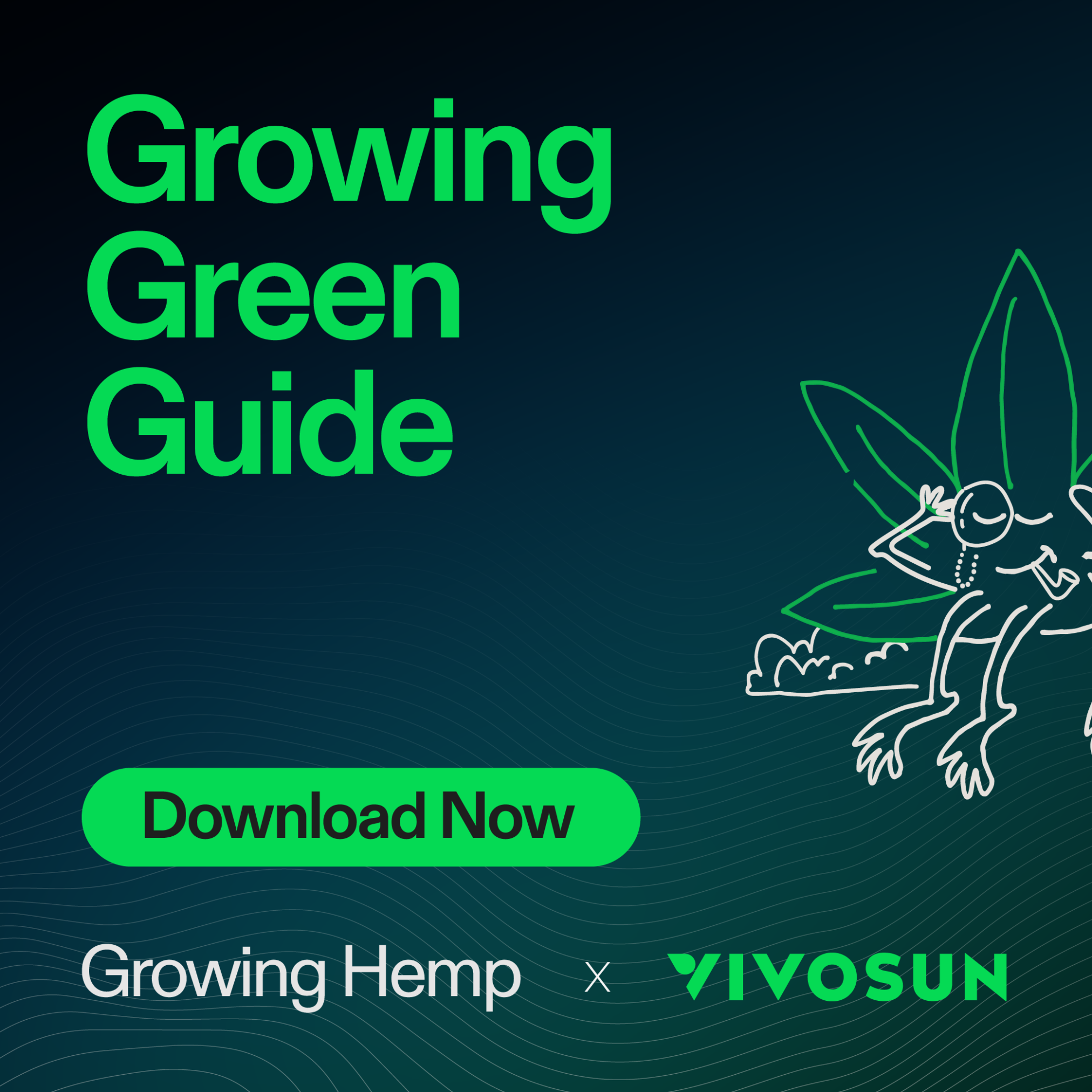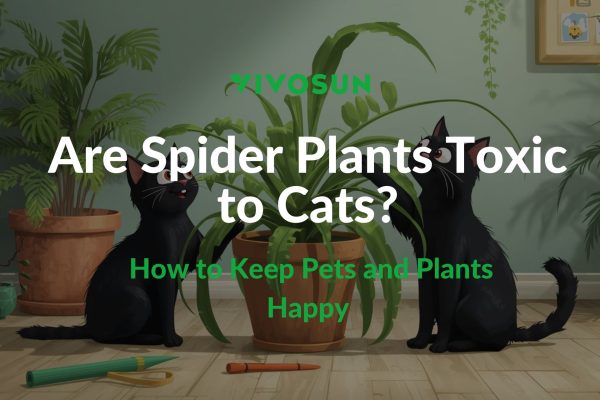Flowering Stage Overview
The cannabis flowering stage is the critical phase where cannabis plants develop buds, leading to the eventual harvest. This stage typically lasts between 6 and 10 weeks, depending on the strain and growing conditions. During this phase, plants require specific environmental controls and care to maximize both yield and potency. For photoperiod strains, the flowering process is triggered when the light cycle is reduced to 12 hours of light and 12 hours of uninterrupted darkness. This simulates the natural transition from summer to fall, prompting the plant to begin producing flowers.
While for autoflower strains, the flowering process is not dependent on changes in light cycles. Autoflowering cannabis transitions to the flowering stage based on age, regardless of the light schedule. These strains are well-suited for growers seeking faster harvests or those who prefer a more straightforward lighting setup. An 18/6 light cycle (18 hours of light and 6 hours of darkness) is commonly used for autoflowers throughout their entire life cycle to promote optimal growth and bud development.
Light Cycle During the Flowering Stage
For photoperiod cannabis plants, a 12/12 light cycle is crucial to initiate and maintain flowering. The uninterrupted darkness is vital, as any light during this period can confuse the plant and potentially revert it to the vegetative stage or cause hermaphroditism. The first signs of flowering typically appear 2-4 weeks after the light cycle is adjusted, with the appearance of white pistils.
Temperature, Humidity, and VPD Recommendations
- Temperature: Maintain a daytime temperature range of 65-85°F (18-29°C) and slightly cooler at night. This temperature range supports healthy bud development and resin production.
- Humidity: Keep humidity levels between 40-50% to prevent mold and mildew, which can destroy your buds.
- Vapor Pressure Deficit (VPD): A VPD of 0.8-1.2 kPa is ideal for optimizing plant transpiration and nutrient uptake during this stage.
Plant Training Techniques During Flowering Stage
Proper plant training during the flowering stage can increase light exposure to lower buds and improve overall yields.
Low-Stress Training (LST)
LST is a gentle technique that continues to be beneficial during flowering. By maintaining an even canopy, growers can ensure light penetrates the lower bud sites, promoting uniform growth.
Steps for LST:
- Bend and Tie: Gently bend taller branches down and secure them using soft ties.
- Maintain Canopy: Regularly adjust the ties to keep the canopy level throughout the flowering stage.
Lollipopping
Lollipopping is a technique where lower branches and leaves are removed to direct the plant’s energy toward the top buds, resulting in larger and denser flowers.
Steps for Lollipopping:
- Identify Lower Branches: Focus on branches and leaves below the 4th node.
- Prune Carefully: Use sterilized scissors to remove the lower growth. This helps focus energy on the upper, more productive parts of the plant.
Crop Steering
Crop steering involves manipulating the growing environment to optimize plant growth and bud development. By adjusting light, temperature, humidity, and irrigation, growers can significantly enhance their yields.
Different Methods for Crop Steering:
- Light Intensity and Spectrum:
- Vegetative Stage:
Use higher light intensity (400-600 µmol/m²/s) and a blue spectrum for robust growth. - Flowering Stage:
Increase light intensity to 600-1000 µmol/m²/s with a red-dominant spectrum to boost flower production.
- Vegetative Stage:
- Temperature Control:
- Keep daytime temperatures between 65-80°F (18-26°C) during flowering and lower nighttime temperatures by 5-10°F to mimic natural conditions and enhance resin production.
- Humidity Management:
- Lower humidity levels to 40-50% during flowering to reduce the risk of mold and encourage bud density.
- Irrigation:
- Reduce the frequency of watering but increase the volume to promote deeper root growth. Switch to a nutrient solution with higher phosphorus and potassium levels to support bud development.
- CO2 Enrichment:
- Boost photosynthesis and bud growth by maintaining CO2 levels between 800-1200 ppm.
Autoflowering Cannabis: A Brief Overview
Autoflowering cannabis plants do not rely on light cycles to begin flowering; instead, they flower based on age. A typical light schedule for autoflowers is 18 hours of light and 6 hours of darkness throughout their life cycle.
Do Autoflowering Strains Require Topping?
Topping autoflowering strains is generally not recommended due to their short vegetative phase. Instead, it’s advisable to use low-stress training techniques to avoid growth stunting and ensure better light distribution without causing undue stress to the plant.
By following these guidelines and employing appropriate training techniques, you can ensure your cannabis plants thrive during the flowering stage, setting the foundation for a successful harvest.
Conclusion
The flowering stage is one of the most crucial phases in cannabis cultivation, where your plants begin producing buds. To maximize yield and potency, careful control of environmental factors such as light, temperature, humidity, and training techniques is essential. Whether growing photoperiod or autoflowering strains, adhering to these best practices will set you up for a bountiful harvest.








